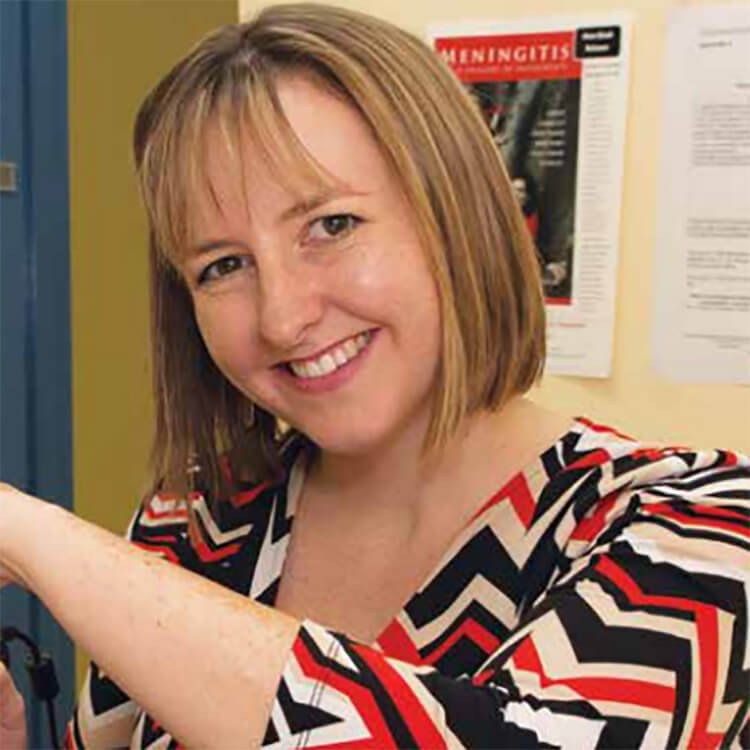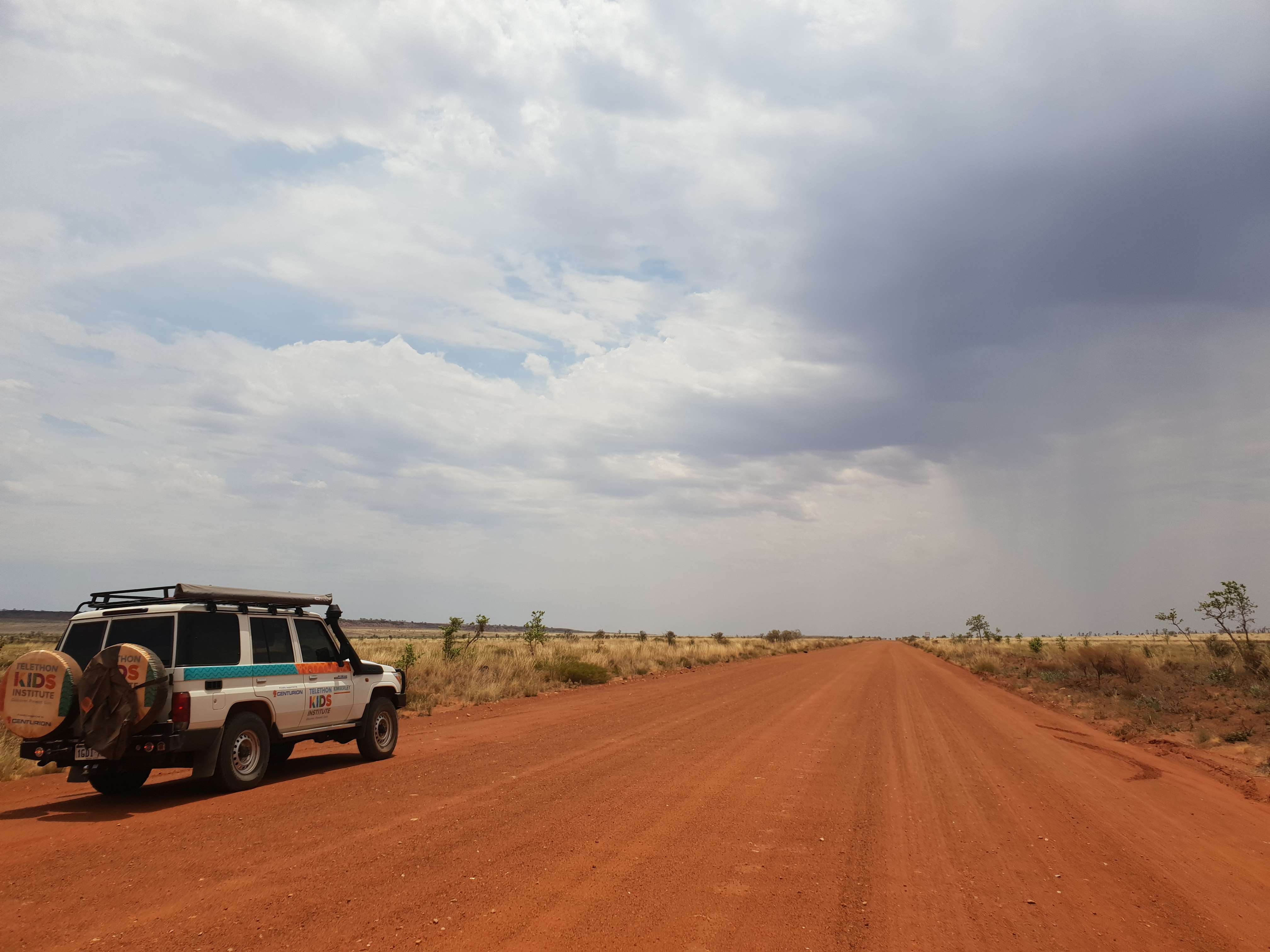Search
Research
Prevalence and burden of coronary artery disease on computed tomography coronary angiography and its correlation with high-density lipoprotein in the Northern Territory, AustraliaIndigenous Australians are known to have a higher prevalence of coronary artery disease (CAD) than non-Indigenous counterparts. Atherogenic lipid profiles, characterised by low serum levels of high-density lipoprotein (HDL) and higher serum triglycerides, have been shown to be more prevalent in Indigenous Australians. The use of computed tomography coronary angiography (CTCA) for risk stratification and diagnosis of CAD has been validated in moderate risk populations, but limited data exists in specific high-risk populations such as Indigenous Australians.
Research
Hospital and emergency department discharge against medical advice in Western Australian Aboriginal children aged 0–4 years from 2002 to 2018: A cohort studyDischarge against medical advice (DAMA) is a priority issue for the health system. Little is known about the factors associated with DAMA for Aboriginal and/or Torres Strait Islander (Aboriginal) children in Australia.
Research
The Koolungar Moorditj Healthy Skin Project: Elder and Community Led Resources Strengthen Aboriginal Voice for Skin HealthIn partnership with local Aboriginal Community Controlled Health Organisations, the Elder-led co-designed Koolungar Moorditj Healthy Skin project is guided by principles of reciprocity, capacity building, respect, and community involvement. Through this work, the team of Elders, community members, clinicians and research staff have gained insight into the skin health needs of urban-living Aboriginal koolungar (children); and having identified a lack of targeted and culturally appropriate health literacy and health promotion resources on moorditj (strong) skin, prioritised development of community-created healthy skin resources.
Research
Development, construct validity and utility of a cross-culturally adapted Otitis Media-6 (OM-6) questionnaire for urban Aboriginal and/or Torres Strait Islander childrenTamara Chris Valerie Veselinovic Brennan-Jones Swift BSc(Hons) MClinAud PhD PhD Clinical Research Fellow Head, Ear and Hearing Health Aboriginal


News & Events
Landmark study halves skin infections in remote Aboriginal kidsLed by The Kids Research Institute Australia and Aboriginal health organisations in close partnership with nine Aboriginal communities in Western Australia’s Kimberley region, the five-year SToP Trial set out to identify the best possible methods to See, Treat and Prevent painful skin sores and scabies.
Research
Formative evaluation of a community-based approach to reduce the incidence of Strep A infections and acute rheumatic feverWe explore the acceptability of a novel, outreached-based approach to improve primary and primordial prevention of Strep A skin sores, sore throats and acute rheumatic fever in remote Aboriginal communities. A comprehensive prevention program delivered by trained Aboriginal Community Workers was evaluated using approximately fortnightly household surveys about health and housing and clinical records.
Research
Psychosocial disadvantage and residential remoteness is associated with Aboriginal women's mental health prior to childbirthOptimal mental health in the pre-conception, pregnancy and postpartum periods is important for both maternal and infant wellbeing. Few studies, however, have focused on Indigenous women and the specific risk and protective factors that may prompt vulnerability to perinatal mental disorders in this culturally diverse population.
Research
Qualitative study of psychosocial factors impacting on Aboriginal women's management of chronic diseaseThe caring roles and responsibilities Aboriginal women have in their community impact on their health
Research
General practitioners’ perceptions of their communication with Australian Aboriginal patients with acquired neurogenic communication disordersGPs report difficulty recognising acquired communication disorders and their lack of prioritising assessment and treatment of communication ability after brain injur
